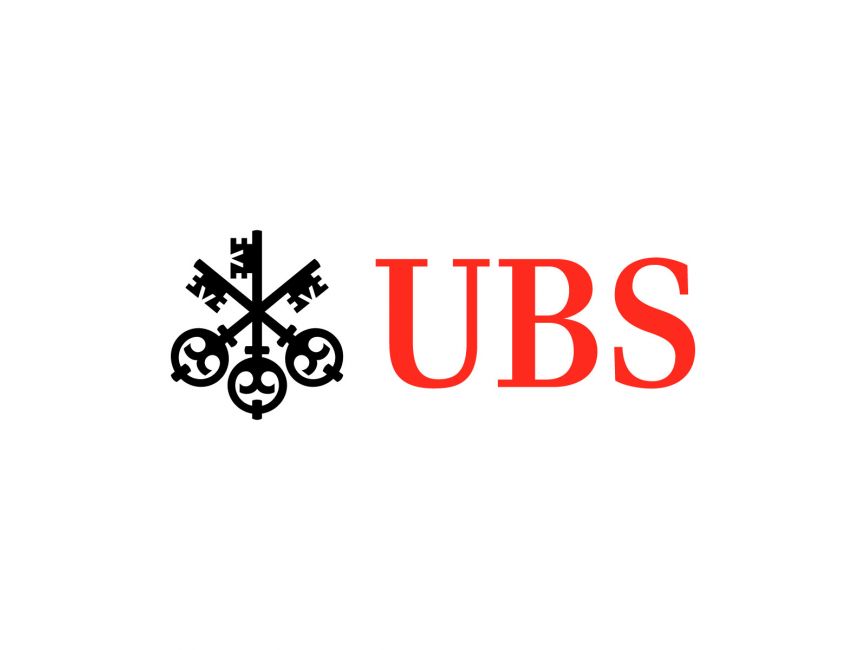Investors are starting to pile into Invesco’s synthetically-replicated S&P 500 ESG ETF in a bid to capture the superior returns on offer versus its direct competitors.
According to data from Ultumus, the $758m Invesco S&P 500 ESG UCITS ETF (SPXE) saw its assets under management (AUM) grow by 37.5% week-on-week, courtesy of $226m inflows in the week to 29 January, the fifth-highest across all European-listed ETFs.
The major difference between SPXE and its rivals is that it employs synthetic rather than physical replication which has given it a unique edge when tracking the S&P 500 ESG index.
Where this edge is found is in the tax advantage of synthetic replication. While physically-replicated ETFs trading US securities pay a 15% withholding tax on dividends, and 30% when domiciled in Luxembourg, synthetic ETFs are exempt.
As a result, Invesco has returned 23.5% over the past year, as at 31 January, versus 23.1% for the UBS S&P 500 ESG UCITS ETF (5ESG) while the S&P 500 ESG index has returned 23%.
Launched in April 2019, UBS Asset Management’s 5ESG remains the largest S&P 500 ESG ETF on the European market with $1.3bn AUM highlighting the first mover advantage in the ETF space.
Meanwhile, the $336m SPDR S&P 500 ESG UCITS ETF (500X) has returned 23% over the same period but it tracks the S&P 500 ESG Exclusions II index which is even lighter in its exclusions methodology by simply removing companies involved in controversial weapons, tobacco products, small arms and thermal coal.
“Performance in the ESG space has been an interesting talking point of late, and one of the big attractions of SPXE is that its synthetic replication method offers the same distinct performance advantage over physically replicated funds that our standard S&P 500 ETF does,” Chris Mellor, head of EMEA ETF equity and commodity product management at Invesco, explained.
“In brief, this means SPXE is not subject to withholding tax on dividends, enabling it to deliver up to 100% of the gross index return.”
Furthermore, SPXE is the cheapest S&P 500 ESG ETF in Europe charging 0.09% versus 0.17% for 5ESG, 0.10% for 500X and 0.12% for the $1.3bn Amundi S&P 500 ESG UCITS ETF (S500) which was switched from the firm’s physically-replicated S&P 500 ETF last October.
Competition in the S&P 500 ESG ETF space is hotting up with Lyxor and Franklin Templeton launching climate versions of the flagship S&P 500 last year.
The $129m Lyxor S&P 500 Paris-Aligned Climate EU PAB UCITS ETF (PABU) and the $15m Franklin S&P 500 Paris Aligned Climate UCITS ETF (USPA) align with the European Union’s Paris-aligned Benchmark (PAB) which was introduced in November 2019.
Mellor said there is growing demand for ESG ETFs that replace core strategies such as S&P 500 or Euro Stoxx 50 exposure.
“There is no arguing that ESG was THE major investment theme of the past year,” he continued. “Much of the flows into products such as SPXE have been from investors replacing their standard benchmark holdings with funds that offer an improved ESG score but with a similar return profile.”








